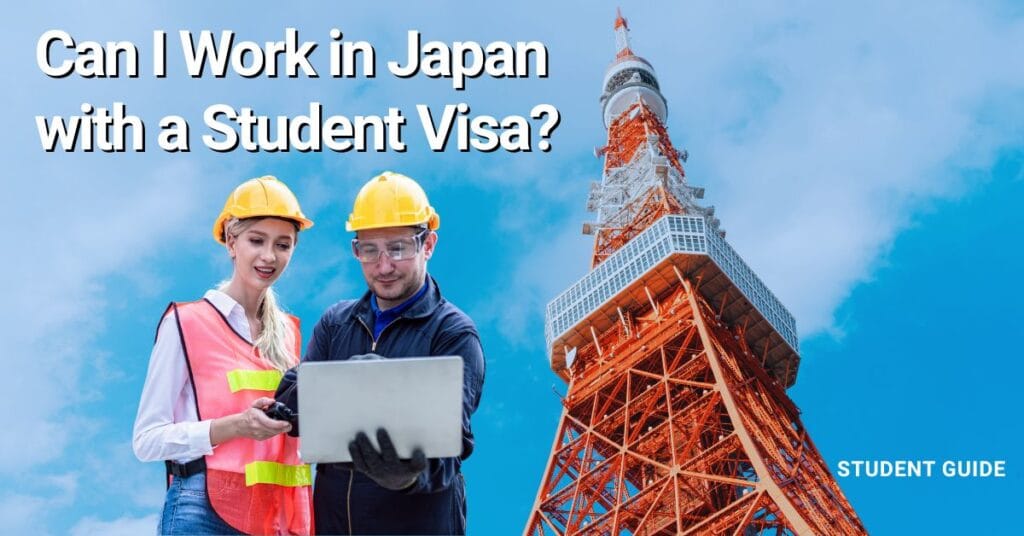Japan is home to an incredible variety of festivals — or matsuri (祭り) — that celebrate seasons, deities, local communities, nature, history and more. Whether you’re studying in Japan for a semester, living abroad for a while, or planning a longer stay, experiencing a matsuri is a must. Here’s your guide to the types of festivals you’ll find, some of the most popular ones (and where to go), and how you can get the most out of them — plus how DEOW Japan’s partner schools can put you right at the heart of the action.

1. Types of Japanese Festivals (and what they celebrate)
Festivals in Japan come in many shapes, but broadly speaking you can think of three main types: seasonal festivals, religious/shrine-temple festivals, and special local festivals.
Seasonal Festivals
These mark the changes of nature, the agricultural cycle, or particular plants/flowers/phenomena of the moment.
- 春 (Haru) – Spring: Example: Hanami (花見) — cherry blossom viewing.
- 夏 (Natsu) – Summer: Fireworks festivals (hanabi), Bon-dance festivals, ancestor‐spirits festivals.
- 秋 (Aki) – Autumn: Moon‐viewing tsukimi (月見), harvest festivals of crop-thanksgiving.
- 冬 (Fuyu) – Winter: Snow festivals, light festivals, sometimes fire festivals to drive away the cold.
Also, Japan has the traditional “five seasonal festivals” (五節句 go-sekku) such as **Tango no Sekku (端午の節句, Boy’s Festival, May 5) etc.
Religious / Shrine & Temple Festivals
Many matsuri are held in honour of Shinto shrines or Buddhist temples, and involve a mikoshi (神輿) portable shrine, floats (山車 or だし), processions and ritual purification.
These festivals often strengthen community ties, bring local neighbourhoods together, and combine fun with tradition.
Local / Special Festivals
Some matsuri are unique to a region, city or shrine with a particular history. They can involve floats, parades, dances, fire, or very localized traditions. Good examples include dramatic fire festivals or float festivals unique to a locale.
2. Where to Go: Great Locations for Japanese Festivals
Here are some top places where you’ll find rich festival experiences. Many of DEOW Japan’s partner schools are located near major cities or regions that host fantastic matsuri.
- Kyoto: The historic city offers central access to major traditional festivals. For example, the famous Gion Matsuri is held in July in Kyoto. See schools in Kyoto here.
- Tokyo: As a major study-destination city, Tokyo gives you the chance to experience big city matsuri as well as smaller neighbourhood ones (for example, Sanja Matsuri in Asakusa in May). See Schools in Tokyo here.
- Osaka / Kansai region: Close to Kyoto, and with its own major festivals like Tenjin Matsuri in Osaka. See Schools in Osaka here.
- If your partner school is located in a particular prefecture, you’ll likely be able to join the local town-matsuri near you — often less crowded and more authentic than the biggest tourist ones.
3. Most Popular Japanese Festivals You Should Know
Here are some of the festivals visitors and locals alike love — attending one of these gives you a “must-see” matsuri experience.
Gion Matsuri (祇園祭) – Kyoto: Held throughout July in Kyoto’s Gion district, centred on Yasaka Shrine. The float parades (yamahoko junkō) on July 17 and 24 are key highlights. Expect lively streets, food stalls, traditional lanterns, and a deep sense of history.




